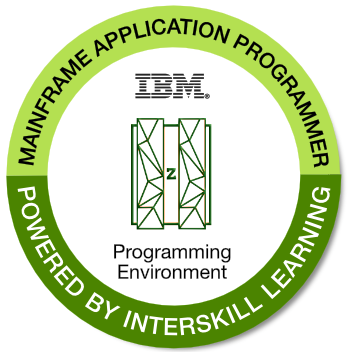Course Catalog
This is a complete list of all Interskill courses grouped by curriculum. Courses are self-paced elearning, taken anytime, anywhere and in any order for the duration of your license, Accessed via Interskill’s web based Learning Management System(LMS) or via your Corporate LMS. Courses are the kernel of this online training program which also includes Learning Plans, Training Analytics/Reporting, and best practice guidance by Learning Consultants. Note we do not sell individual courses. Note coming soon courses, plus updated and recently released courses are all included with your license.
IMPORTANT NOTICES: Please be aware we recently retired several curricula. Click here for full details on course retirements.
» Blockchain
| Course Title | Duration | Description |
| 4 | The Blockchain Technologies course provides you with a solid understanding of the business issues surrounding the emergence of blockchain, explaining its value and general structure. It then describes applications that are currently using this technology and provides an insight into its potential. For those just starting out, it suggests existing frameworks and platforms where blockchain can run, and because blockchain is still in its infancy, where more information of this topic can be obtained. The last module covers the more technical aspects of blockchain, discussing the use of hashes, block content, and how blockchain data is created and distributed throughout the network. |
» Cloud Computing
| Course Title | Duration | Description |
| 3 | This course provides an overview of cloud computing concepts including key characteristics, cloud services, and cloud deployment models. It discusses the mainframe’s role in cloud computing and then looks at the future developments around cloud computing. | |
| 3 | This course looks at cloud architecture and what technologies and methods are utilized to develop and deploy modern cloud applications. | |
| 1 | This course provides an overview of the security measures that need to be considered when implementing an organization’s cloud environment. It discusses the importance of security and compliance, and highlights some of the tools and security mechanisms that can help ensure an organization’s data integrity and security is maintained. | |
| 1 | For organizations to successfully transition their business to the cloud they should consider strategies that will minimize associated risks. This course introduces concepts around what cloud adoption and cloud governance is and what strategies and processes are needed to ensure a business utilizes tools to aid it in a successful transition to the cloud. |
» Data Analysis, Analytics, and Machine Learning Curriculum
| Course Title | Duration | Description |
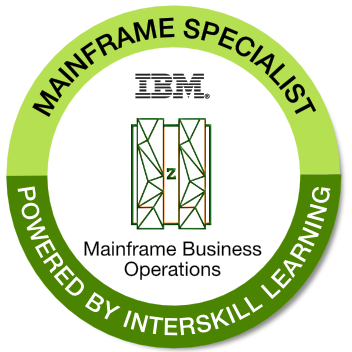 |
4 | This course is designed to introduce and guide the user through the three phases associated with big data - obtaining it, processing it, and analyzing it. The Introduction to Big Data module explains what big data is, its attributes and how organizations can benefit from it. It also provides a snapshot of job roles, and available certification and training, in order to forge a career in big data. |
| 4 | This course is designed for those working with organizations looking to implement Machine Learning solutions. It is also of benefit for those looking to implement Spark on z/OS. It begins by explaining what Machine Learning is, how it works, and how organizations can benefit from it. The course then focuses on IBM's Machine Learning for z/OS solution, describing its features and components. In the final course, a description of Apache Spark and how it is used in a Machine Learning solution on a z/OS system, is presented. |
» DevOps and Agile
| Course Title | Duration | Description |
| 5 | The DevOps - Introduction to DevOps in the Workplace course begins by discussing traditional software development and deployment, and how DevOps can be used to improve this process. A holistic view of DevOps is broken down to its core components describing the people and processes involved with each phase. The continuous DevOps integration, delivery, and deployment phases are explained along with common release management deployment techniques. An overview of the types of monitoring and reporting required to measure the effectiveness of DevOps practices is also provided showing how it feeds back into the DevOps cycle. | |
| 1 | The Agile Fundamentals course discusses the business value of adopting an Agile philosophy, introducing a real-life software development project, and describing how Agile is used to restructure traditional software development and deployment tasks. The values and principles associated with the Manifesto for Agile Software Development are explained, while an overview of common frameworks used to adopt Agile philosophes is provided, along with their benefits. Additional Agile training, accreditation, and related supported products and practices are also mentioned throughout the course. |
» Disaster Recovery
| Course Title | Duration | Description |
| 3 | BM Ensuring Data Center Business Continuity. This course is suitable for any staff requiring a broad understanding of an organization's requirements when it comes to Business Continuity and Disaster Recovery. | |
| 5 | Initial content is management-focused, covering the role of individuals and groups responsible for creating, modifying, and testing the organization’s Business Continuity Disaster Recovery (BCDR) program. It explains broadly the tasks that need to be performed and the consequences should they fail. | |
| 5 | Initial content focuses on the importance for organizations to properly protecting their digital assets from data loss and data corruption. An overview of common data center backup strategies and methods is provided along with details on how encryption is used to safeguard backups. The benefits of using Geographically Dispersed Parallel Sysplex (GDPS) technologies is presented and the various configurations available with this solution are covered in detail. Cloud based facilities such as Disaster Recovery-as-a-Service (DRaaS), and Backup-as-a-Service (BaaS), are discussed, describing the benefits and challenges of each. |
» IBM Power Series - AIX
| Course Title | Duration | Description |
| 5 | This course is designed to provide a system administrator with no prior AIX experience an introduction to the background and the fundamental components of AIX. The course covers essential knowledge including concepts, system access and management, and commonly used administrative commands. | |
| 6 | This course is designed to provide existing UNIX administrators a path to understanding the critical differences with AIX. Topics examined include the essential components of AIX, system management, performance improvements, and AIX system troubleshooting. | |
| 4 | This course is designed to provide the learner with an understanding of the tasks involved in creating and managing a virtualized AIX environment, and assumes the learner has a basic understanding of AIX. Topics covered include the fundamentals of virtualization in AIX environments, an examination of the Virtual I/O Server, and the use of management devices such as the HMC, IVM, or SDMC. |
» IBM Power Series - IBM i
| Course Title | Duration | Description |
IBM i Fundamentals Series |
||
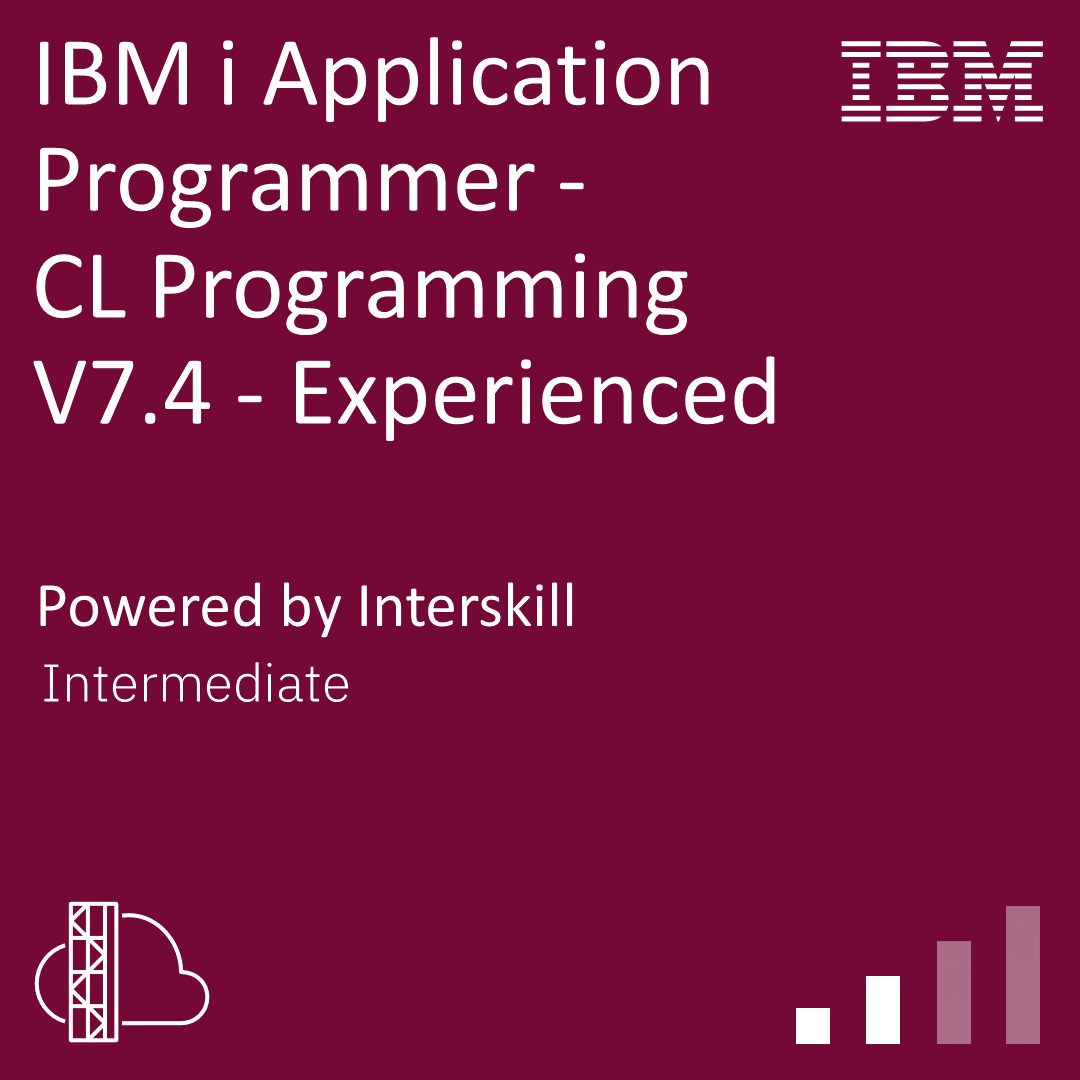
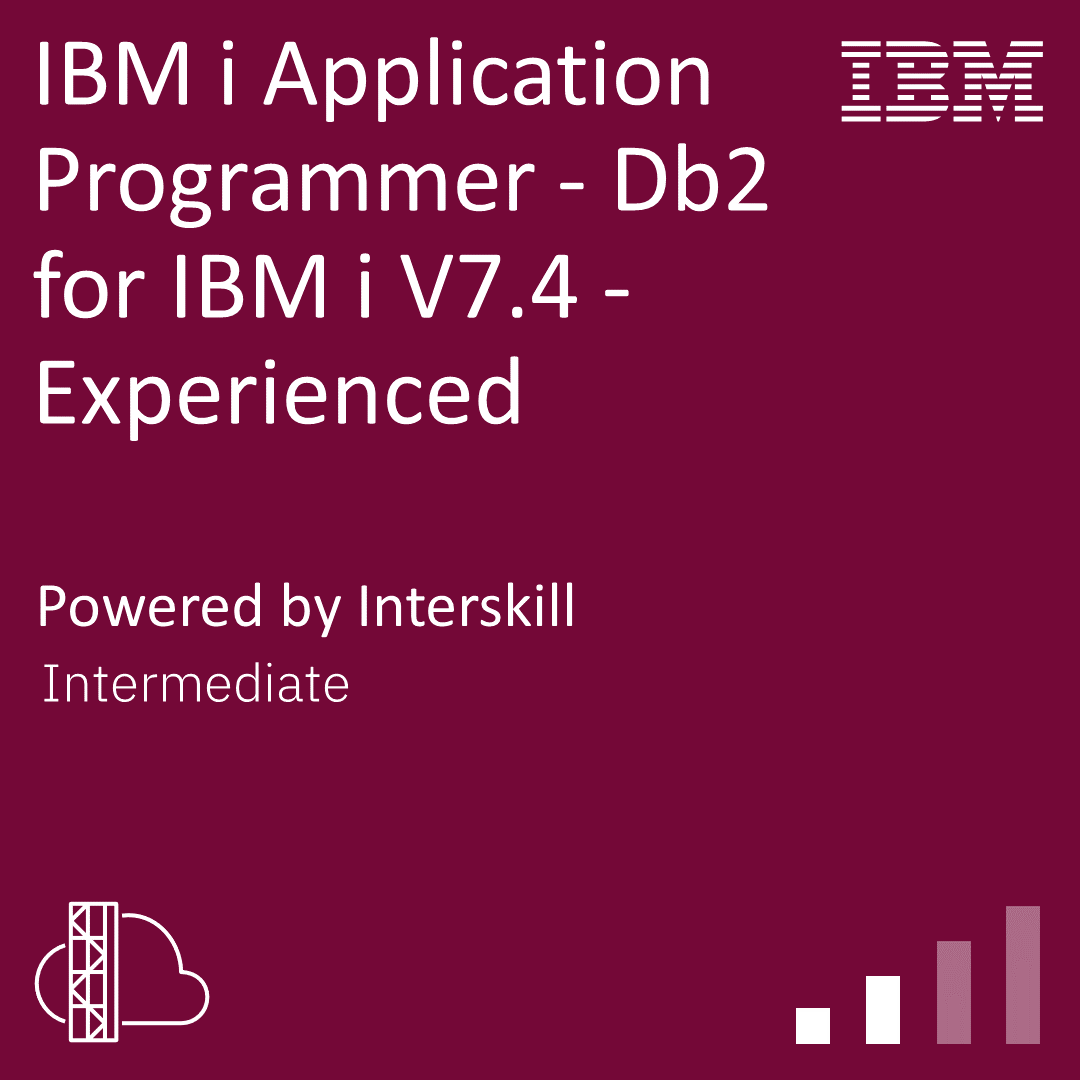
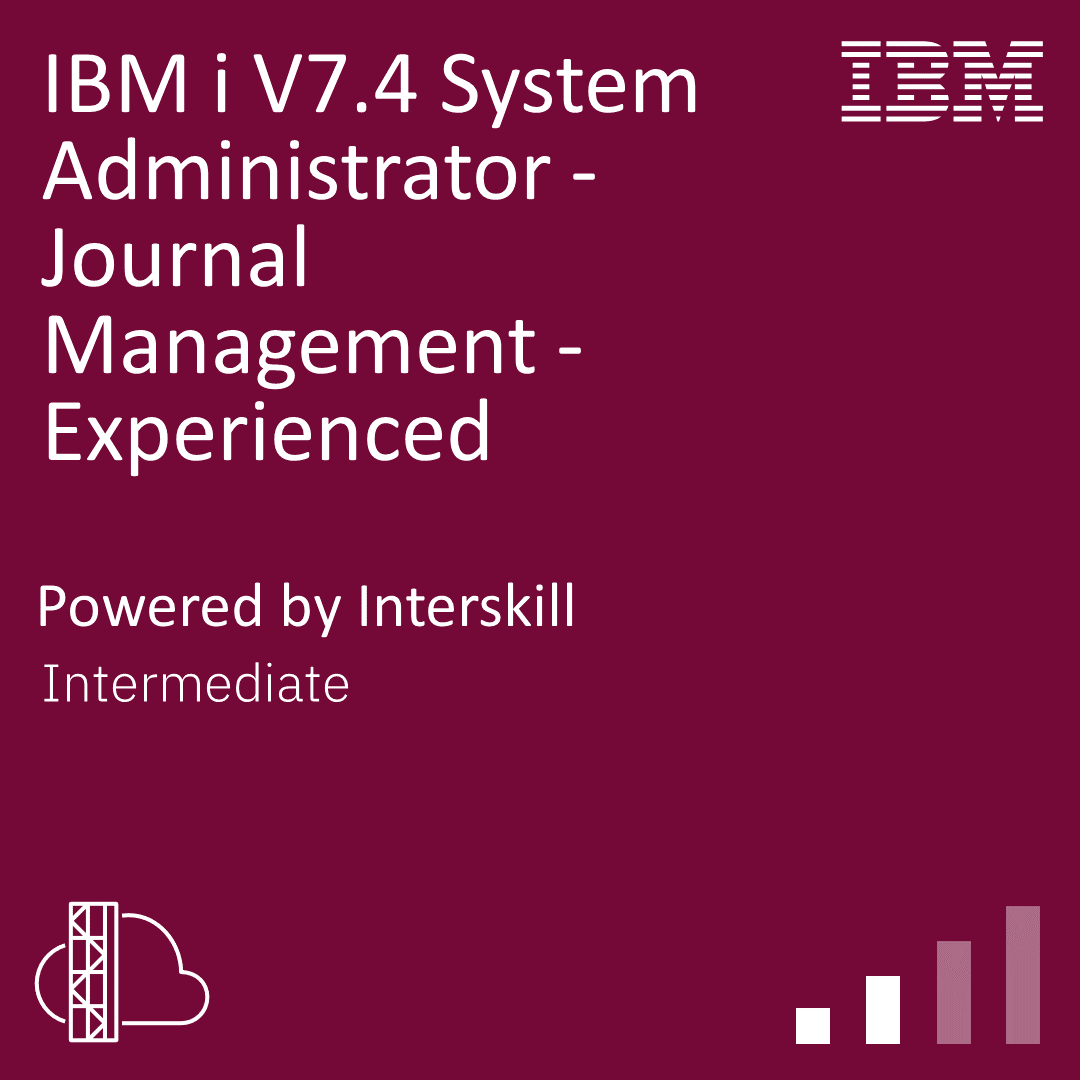
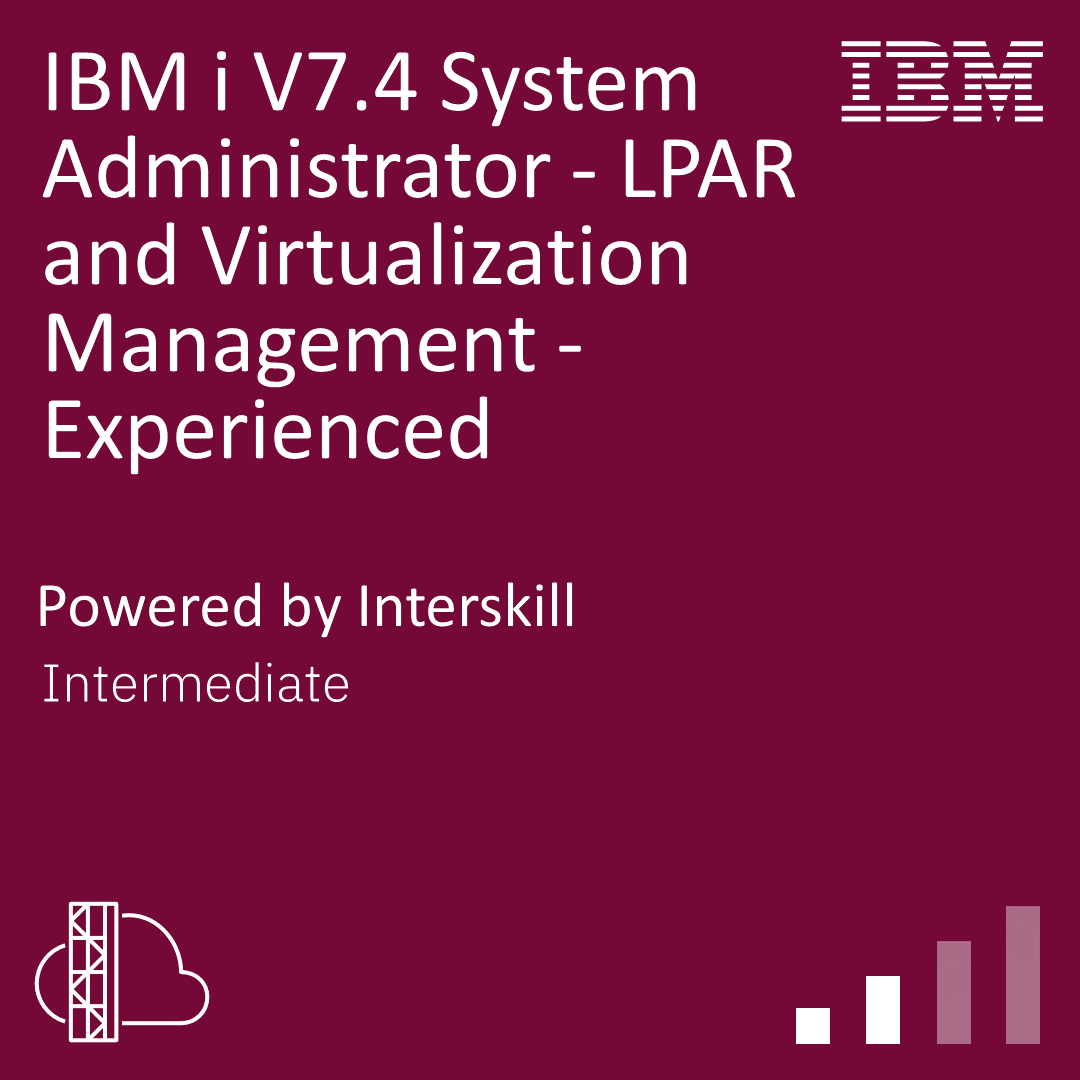
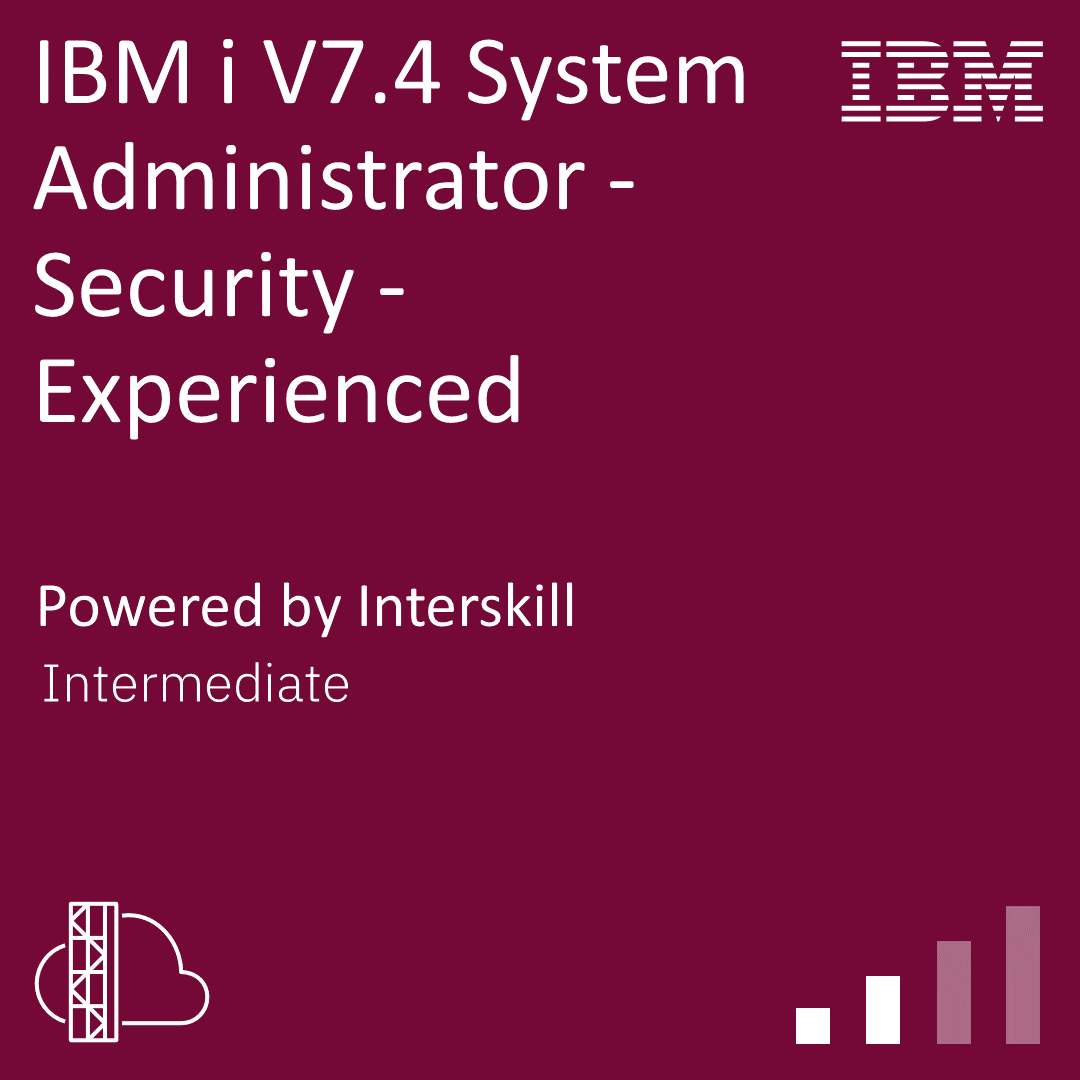 
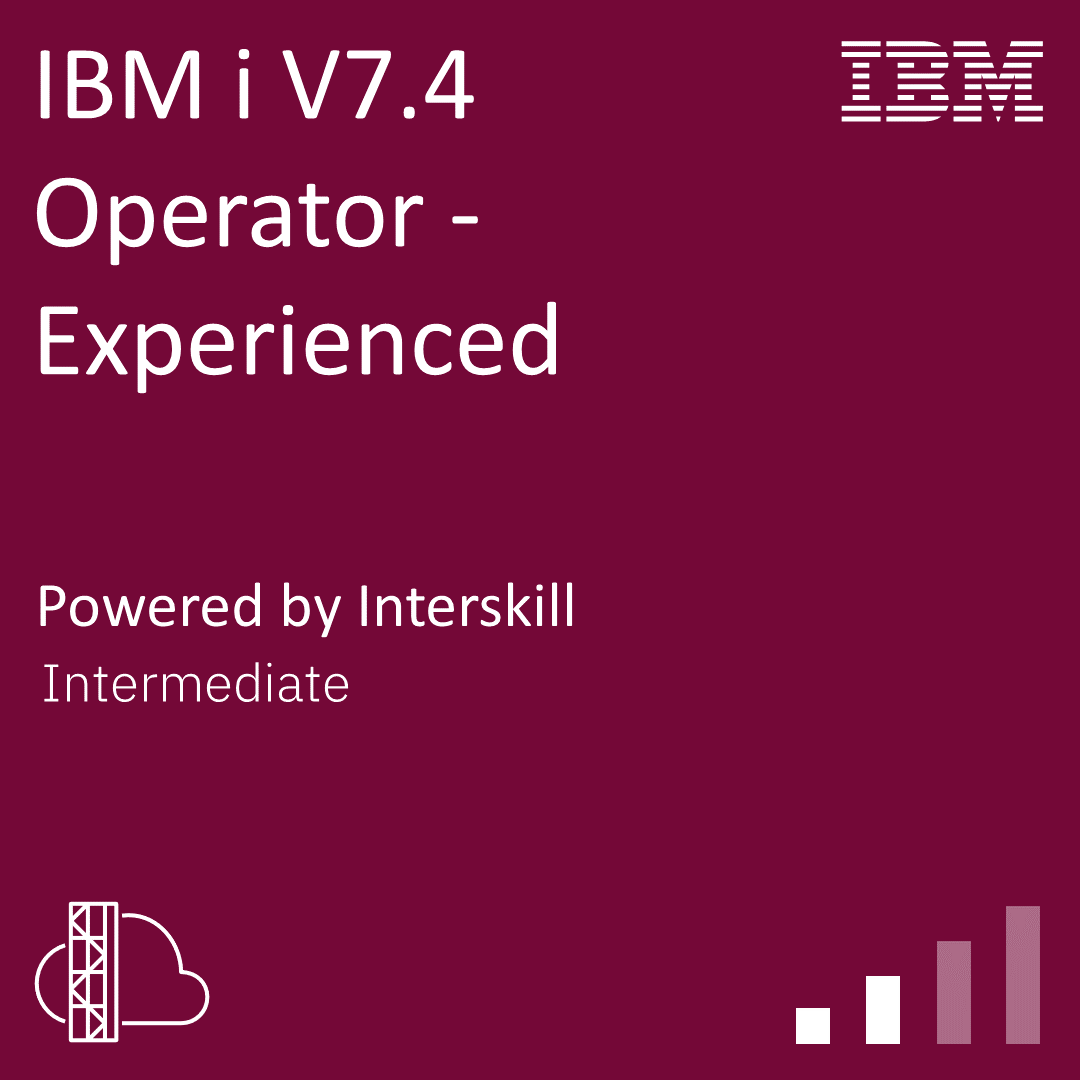
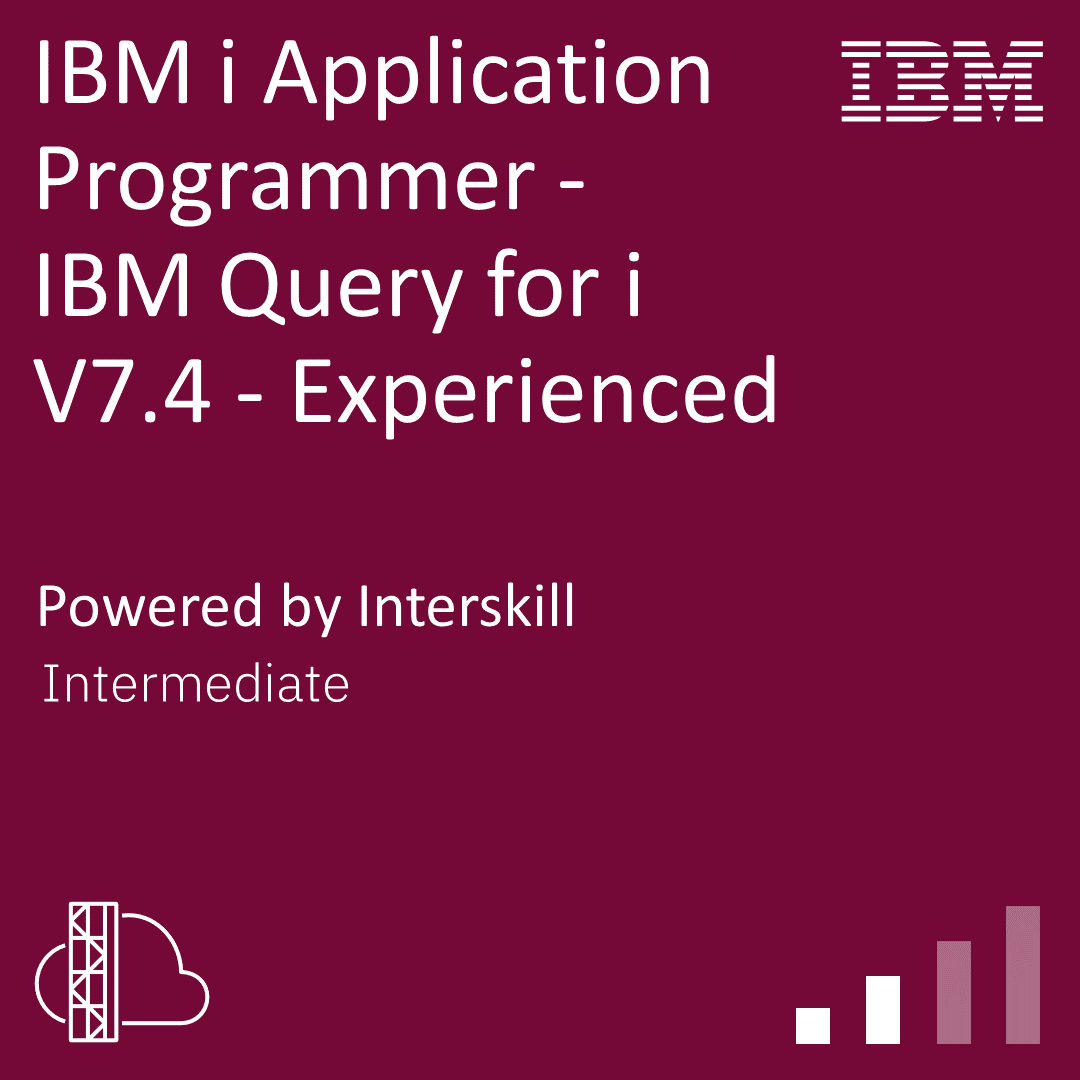 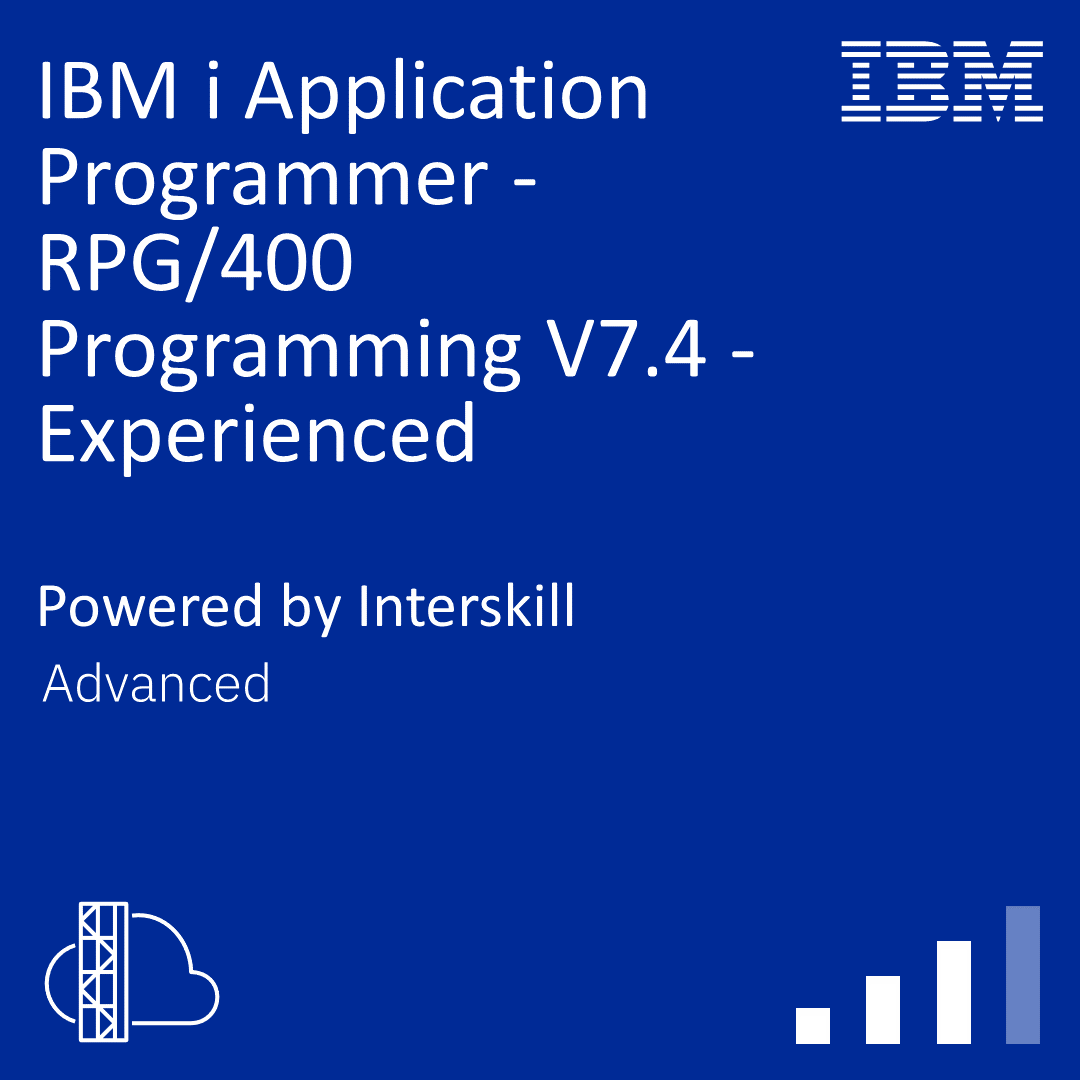 |
5 | The IBM i Fundamentals course explains the origins of the IBM i system and describes the configuration of hardware and software needed to support it. It discusses the types of devices that can be used to access the IBM i system and the interfaces most commonly used. Examples are also provided of several products commonly used to perform IBM i administration tasks. |
 |
5 | The IBM i Fundamentals Series provides learners with an introduction into IBM i from an operations point of view. The courses will familiarize you with the IBM Systems Director Navigator for i, IBM i navigator, and 5250 emulation interfaces and provide examples of some of the tasks that can be performed using them. |
 |
5 | The Monitoring and Managing IBM i Workloads course provides an overview of the processes involved in monitoring, managing and controlling IBM i workloads and printing. |
IBM i System Administration Series |
||
    |
4 | This course introduces the learner to the core tasks performed by the IBM i System Administrator, and includes information on system configuration, security, backup, recovery, performance monitoring and capacity planning. The use of third-party and IBM products to achieve these tasks is also discussed. The Management Central software, which is used to monitor and control IBM i system activity and performance is also explained in detail. |
 |
4 | This course focuses on the security-related tasks undertaken by the IBM i System Administrator. As well as discussing how overall security requirements are identified, it also delves deeper to describe how IBM i system security relating to user, system and resource components are created and managed. An overview of IBM i system auditing requirements, implementation and reporting is also provided. |
 |
5 | This course highlights the importance of IBM i system journaling and describes the type of data that can be captured using this feature. Tasks associated with displaying journal entries, implementing journals, managing journal activity, and recovering data from journals is discussed in detail. |
 |
3 | This course provides an overview of the levels of disk storage that are available on an IBM i system and how they can be configured for use. Information relating to speed, availability and data recovery features associated with IBM i disk storage are also discussed in detail. |
 |
4 | This course looks at logical partitioning and the benefits that can be gained from implementing this feature on your IBM i system. Details of the products that can be used to define partitions as well as the process itself is provided, and the management and performance of partitions is also discussed in detail. |
IBM i Programming Fundamentals Series |
||
 |
8 | The CLP - Control Language Programming course introduces programming that uses the IBM i Control Language (CL). It explains how to use the variables utilized in a CL program and control its processing. |
 |
4 | The CLP - Control Language Programming Functions and Messaging course describes the more advanced features of Control Language programming. It focuses on how to use CL message handling to monitor the correct execution of CL programs. |
IBM i RPG Series |
||
 |
6 | The RPG/400 - Introduction explains the fundamental features and structure of a Report Program Generator (RPG) program. It also describes the concepts of RPG programming. |
 |
4 | The RPG/400 Coding course explains the fundamental Report Program Generator (RPG) operation codes that enable programmers to manage field values, perform numeric operations, and manipulate dates for retrieval and viewing. |
 |
4 | The RPG/400 Programming course explains how to use Report Program Generator (RPG) features to write reports. It also describes structured programming and how to affect the flow of control. |
 |
5 | The RPG/400 Workstation Programming Introduction course shows how to design and develop screen layouts and how the program can interact with the user to deliver and accept data. |
 |
6 | The RPG/400 Advanced Workstation Programming course shows how to use the standard IBM i tools to write and compile RPG/400 programs. This course also covers the design and use of dynamic databases in your program. |
IBM i Query Series |
||
 |
4 | The Query - Database Basics and the Need for Query course describes the IBM Query for i sort, report and analyze capabilities providing examples on how IBM Query for i is used to create business reports. Basic concepts relating to database structure and the data that can be accessed by IBM Query for i are explained in detail. |
 |
6 | The Query - Creating a Simple Query course begins by describing how database files are joined, enabling IBM Query for i to more easily reference data. This is followed by the identification of data that will be required by IBM Query for i and the subsequent coding required to extract that information. Details on options used to save the query and print, or display, the resulting report are also covered. |
 |
6 | The Query - Advanced Query Features and Management course begins by looking at more complex capabilities associated with query definitions. It then moves into the management of queries, explaining how queries can be copied, modified, deleted, printed and run. The Data File Utility and its purpose are discussed, and finally a number of tips when managing queries are provided. |
IBM i Application Programming Introduction Series |
||
 |
3 | The Introduction to Db2 for IBM i - Introduction for Programmers course introduces the two main Db2 file types, physical and logical files. It describes how to define and create them. |
» Linux
| Course Title | Duration | Description |
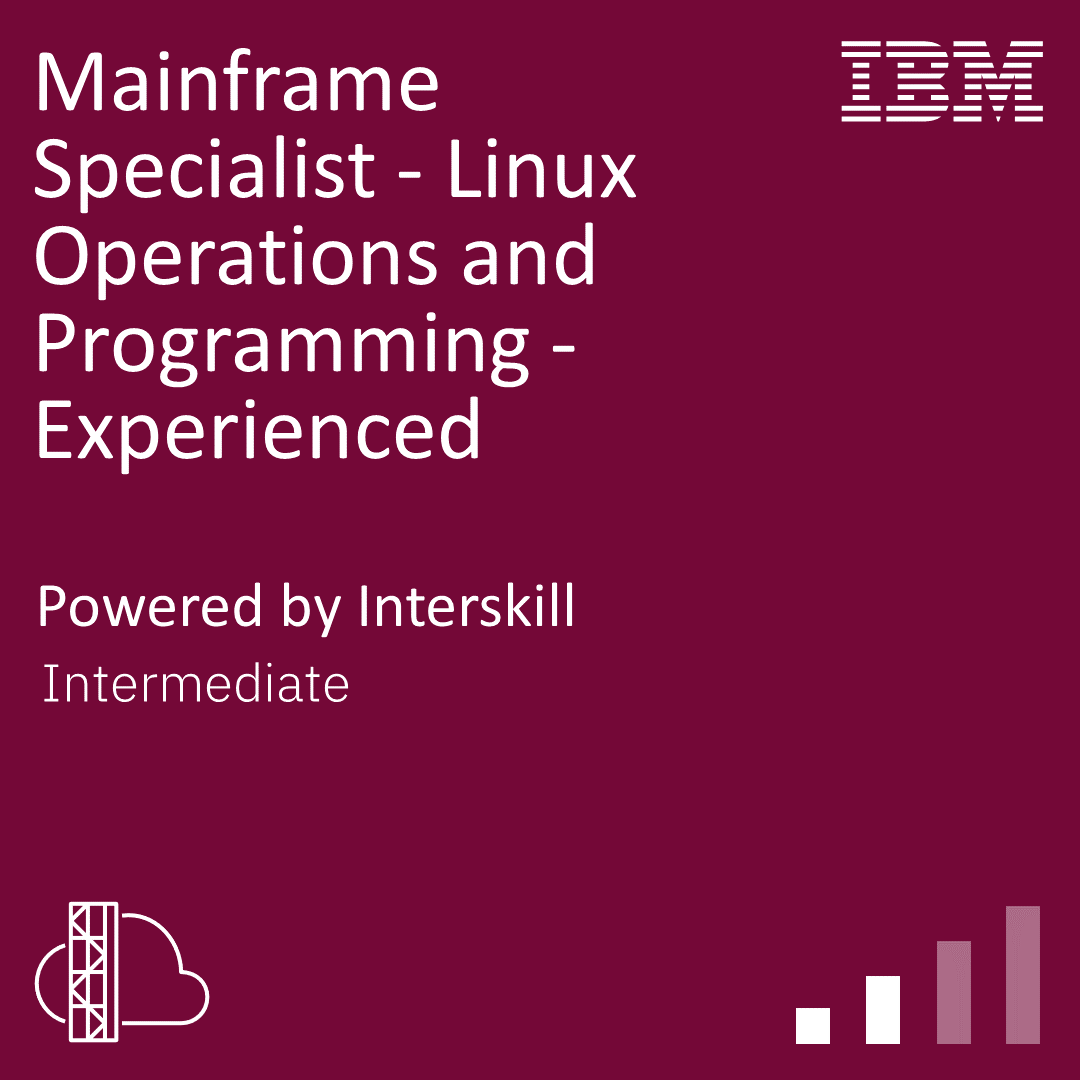 |
5 | The Introduction to Linux course provides you with an overview of the Linux operating system and describes how it is used in today's System z environment. Information on interfaces used to access the Linux environment and standard communication tools are also discussed. |
 |
5 | The Linux File System course describes the file structure within the Linux environment and explains how files are accessed, displayed and manipulated. Details of security measures in relation to Linux files is also provided. A number of general tasks associated with monitoring and managing the Linux file system are also discussed. |
 |
4 | The Editing with vi course describes how the vi Editor is used to open, and update text files. Editing techniques such as searching, filtering, finding, copying and replacing text is covered and some advanced material relating to the editor configuration and programming support is also provided. |
 |
4 | The Linux Shell Programming course describes the use of coding components such as variables, parameters, expressions, and functions that can appear within a shell script. Details relating to conditional execution and looping that can be programmed into the script is supplied along with the handling of script errors. |
 |
4 | The Linux Operations course describes the purpose of Linux Processes and explains how these activities can be monitored and managed. Information describing how to create Linux jobs and optionally schedule them to run is discussed along with other operational tasks relating to system logs and shell customization. |
| 5 | The Linux on IBM Z Fundamentals course discusses available Linux distributions for the IBM Z environment, its operational implementation, and the general monitoring and management of Linux. The final module provides an overview of the performance monitoring and management tasks performed by the Linux Administrator, and contains tips for best practice in these areas. |

